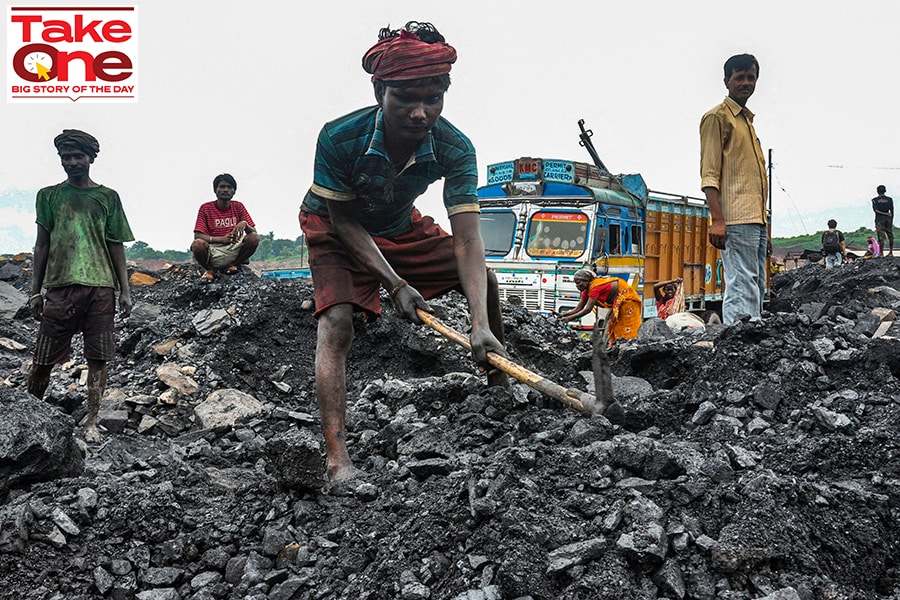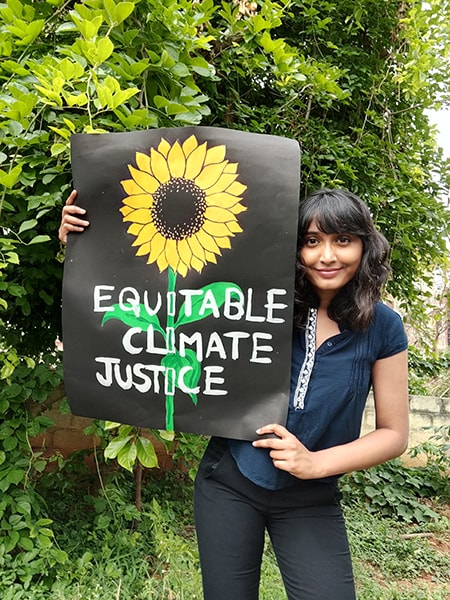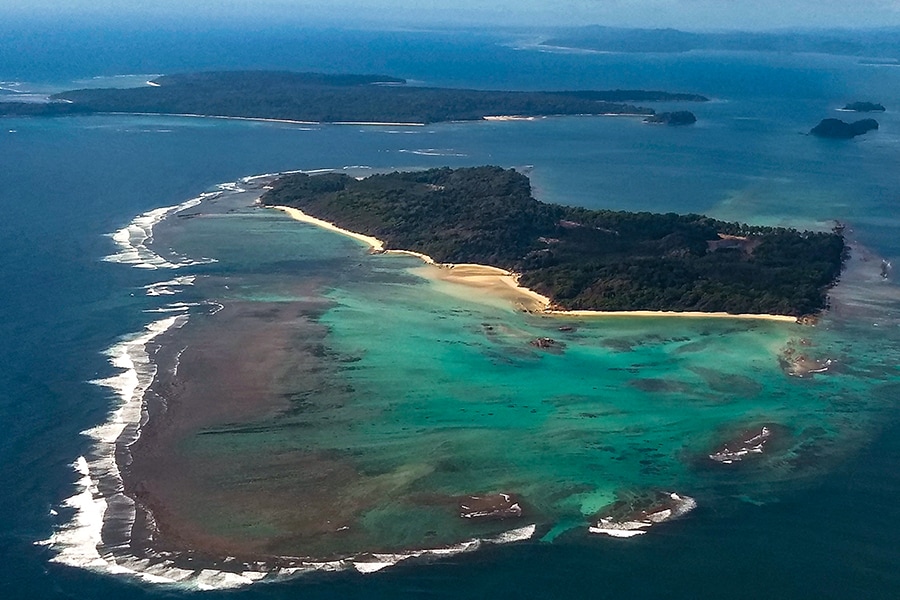
COP26: Will India commit to or cop-out of climate obligations?
Prime Minister Narendra Modi's goal of net-zero carbon emissions by 2070 is set within today's reality of increasing reliance on coal, new carbon-based infrastructure, amendments to forest protection laws, and concrete-based development in India's biodiverse hotspots
 A coal mine in Jharkhand: PM Modi asserted India’s moral right to continue to increase emissions in the context of historical emissions by developed nations
A coal mine in Jharkhand: PM Modi asserted India’s moral right to continue to increase emissions in the context of historical emissions by developed nations
Image: AFP
One day before the 26th Conference of Parties to the UN Framework Convention on Climate Change [COP26]—which began on October 31 and runs through November 12—world leaders gathered in Rome, Italy, and threw coins into the lucky Trevi Fountain. People across the world watched and wished alongside, hoping these leaders’ commitments to address the earth’s climate emergency would achieve net-zero emission goals by mid-century.
We hoped their commitments would be sufficient to de-escalate the devastating climate events almost all of us are now familiar with: Droughts, wildfires, landslides, storms and floods. We hoped they would take action serious enough to stall the existential threat of climate change to the human species.
Prominent among the leaders present were US President Joe Biden and Indian Prime Minister Narendra Modi, the second and third largest greenhouse-gas emitters of the world respectively.
India, a key player in the climate negotiations, has the leadership ability to innovate development models that protect the environment from early planning stages to execution. We have led the world in revolutionising infrastructure in various sectors, including telecom and information technology (IT). Will we make adequate commitments to stall the earth’s climate crisis in our next phase of development?




 Disha Ravi, a young climate activist is among the 65 percent of the worlds youth who will be most impacted by climate change and want climate-friendly policies far beyond existing ones.
Disha Ravi, a young climate activist is among the 65 percent of the worlds youth who will be most impacted by climate change and want climate-friendly policies far beyond existing ones. Our most Eco-fragile forests of the Andaman & Nicobar Islands, where species face dire threats of extinction, palm oil monocultures are planned to replace biodiversity hotspots.
Our most Eco-fragile forests of the Andaman & Nicobar Islands, where species face dire threats of extinction, palm oil monocultures are planned to replace biodiversity hotspots.



